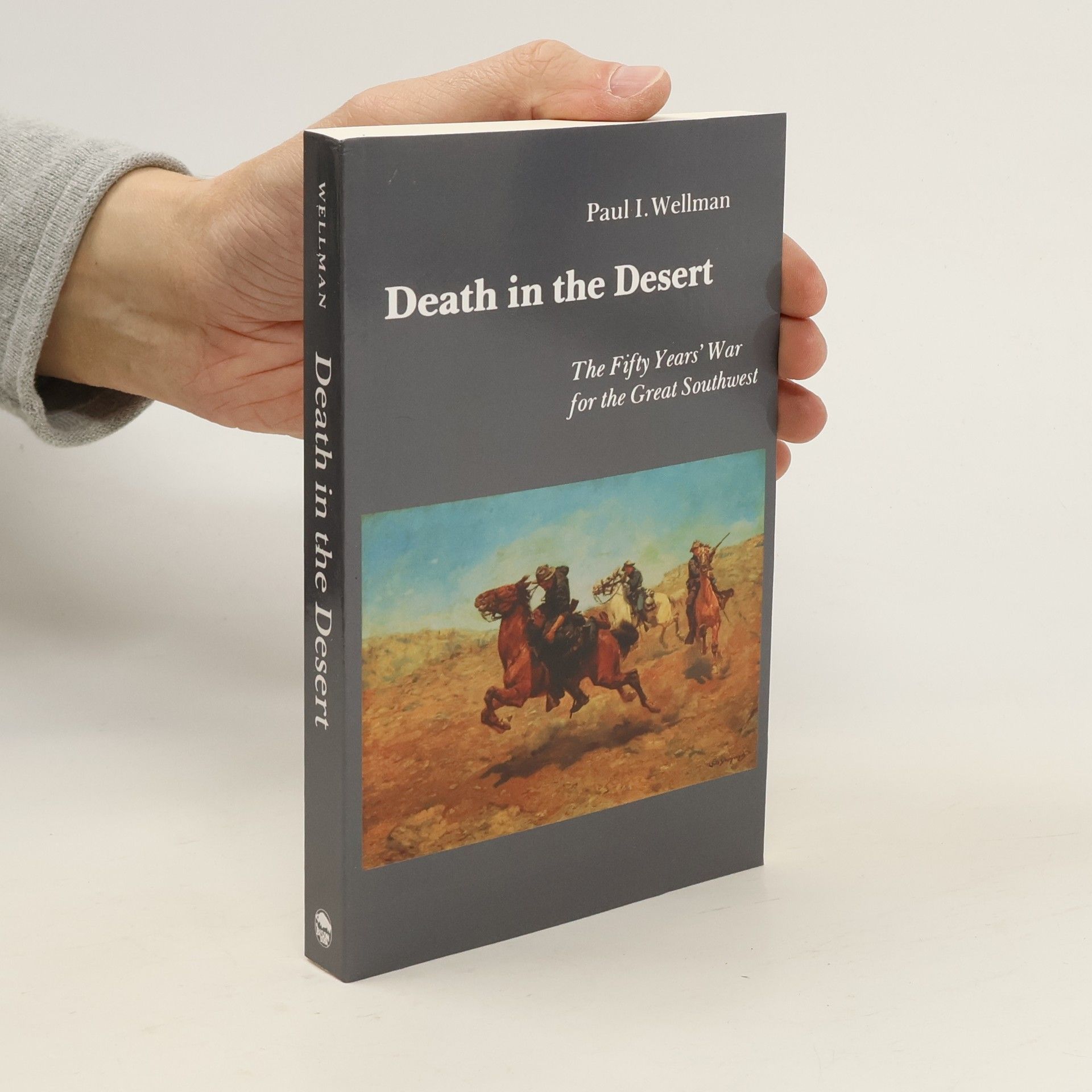Death on the Prairie is a sweeping narrative history of the Indian wars on the western plains that never loses sight of the individual actors. Beginning with the Minnesota Sioux Uprising in 1862, Paul I. Wellman shifts to conflicts in present-day Wyoming, Montana, Idaho, Oklahoma, the Texas Panhandle, and South Dakota, involving, most spectacularly, the Sioux, but also the Cheyennes, Arapahos, Comanches, Kiowas, Utes, and Nez Perces—all being ezed out of their hunting grounds by white settlers. There is never a quiet page as Wellman describes the Sand Creek Massacre (1864), the Fetterman Massacre (1866), the Battle of the Washita (1868), the Battle of Adobe Walls (1874), the Battle of the Little Big Horn (1876), the Nez Perce War (1877), the Meeker Massacre (1879), and the tragedy at wounded Knee (1890) that ended the fighting on the plains. Celebrated chiefs (Red Cloud, Crazy Horse, Black Kettle, Satanta, Joseph, Ouray, Sitting Bull) clash with army officers (notably Custer, Sheridan, Miles, and Crook), and uncounted men, women, and children on both sides are cast in roles of fatal consequence.
Les Guerres Indiennes de l'Ouest Séries
Cette série relate de manière vivide l'époque tumultueuse des conflits entre les colons américains et les peuples autochtones des Grandes Plaines. Elle détaille les batailles décisives, les massacres et les rencontres diplomatiques qui ont façonné le Far West américain. Chaque volume offre un regard approfondi sur les événements et les personnalités impliqués, des chefs renommés aux officiers de l'armée en passant par les gens ordinaires pris dans la tourmente. L'ensemble constitue une exploration captivante de l'expansion d'une nation et de son impact profond sur les cultures amérindiennes.


Ordre de lecture recommandé
- 1
- 2
The Apache Indians and the white settlers came face to face after the Mexican War, when the migrations across the continent reached the Southwest. In depicting the long, bitter resistance of the Apaches, Death in the Desert reveals incidents that provoked their undying hatred of whites. This rousing narrative history by Paul I. Wellman begins in 1837 with the rise to tribal leadership of Mangas Coloradas and ends in 1886 with the surrender of Geronimo. For a half century the dust never settles as U.S. troops fight the Apaches in Arizona and New Mexico and defeat the single uprisings of the Navajos and Pueblos. Two chapters describe the Modoc War in northern California from 1871 to 1873.